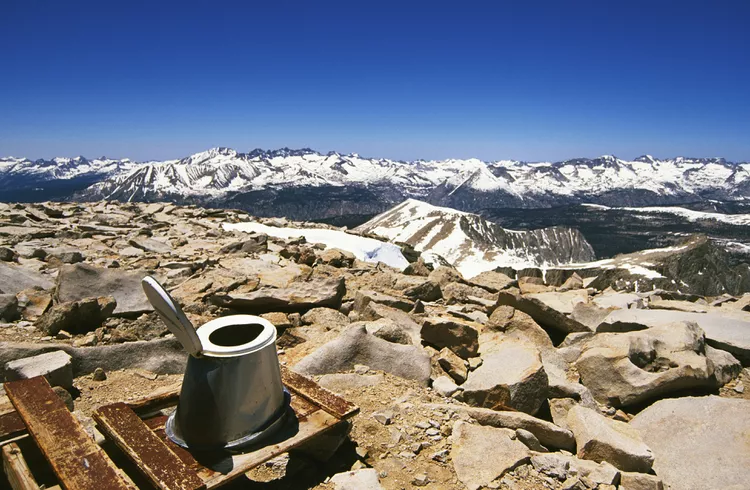1. Introduction
This article provides essential tips for women about urinating outdoors, ensuring a comfortable and respectful experience in nature.
2. Tips for Women Urinating Outdoors
Gentlemen, you might find this unnecessary—urinating in the woods for you is often just a matter of unzipping your fly. However, where to do it is crucial.
For women, things can be a bit tricky. Some might even dehydrate to avoid public exposure. Instead of that approach, try the following method:
- Tie a jacket around your waist for privacy.
- Squat down and remove the necessary clothing while the jacket protects you from behind. If additional cover is needed, drape another piece of clothing over your knees.
- Keep your feet flat on the ground to maintain balance—this will help avoid any accidents.
- Whenever possible, face downhill or stand on level ground, as peeing uphill can be counterproductive.
This method provides some privacy even in open tundra or snowy areas while also offering a little protection from the elements during colder conditions.
If you wear shorts or a skort, you can simply shift the material aside and relieve yourself. With practice, this technique can be quite effective.
Alternatively, consider using a urine director, also known as a “pee funnel.” This handy tool channels your urine away from your legs and shoes.
3. Where Should I Pee Outside?
Although our methods allow for peeing almost anywhere, it doesn’t mean you should do so carelessly. As a general principle, the positioning of urine is less hazardous than that of feces. Always adhere to specific guidance if provided in the area where you are hiking. For instance, in some river canyons, you might be instructed to urinate directly into the water.
If wildlife may be attracted to the salt in your urine, try to aim for bare ground, avoiding vegetation to deter animals from returning for a salty treat. Besides these situations, you can typically relieve yourself as long as you:
- Walk away from your campsite—Leave No Trace principles suggest staying at least 200 feet from water sources.
- Use judgment—avoid areas where you intend to cook, sleep, or forage.
- Stay clear of busy trails or high-traffic spots to prevent unpleasant odors from accumulating.
- Avoid mixing urine and feces when possible, as this can slow decomposition.
4. Toilet Paper Concerns
Toilet paper can be a wonderful convenience—until it’s seen scattered across the forest. It’s essential to minimize your impact; thus, consider the following strategies:
If you must bring toilet paper, take a few sheets but remember to pack out used paper in a zip-close plastic bag. Better yet, you could skip it altogether. A little water from your bottle can help you clean up, or use a bandana as a reusable “pee rag” attached to your pack for airing out.
You can also choose a spot with natural foliage for wiping. Instead of picking leaves, gently pull a stem towards you for a quick clean-up. Just ensure you avoid unpleasant plants like poison ivy, oak, sumac, stinging nettle, cow parsnip, or devil’s club.





